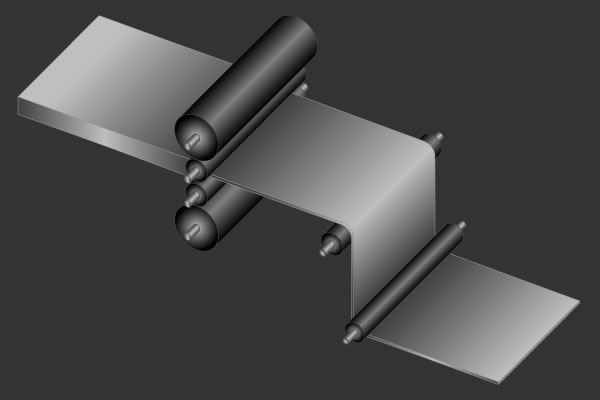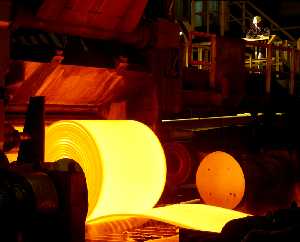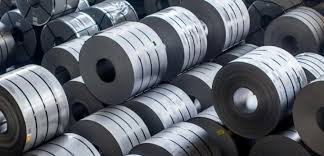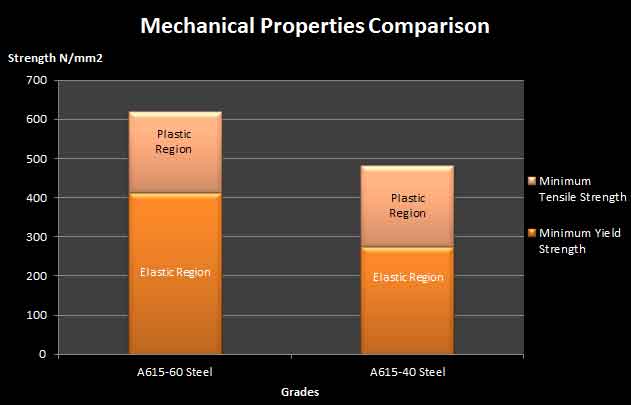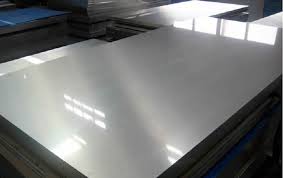Antimony Chemical Symbol “Sb” Atomic Number 51
Antimony belongs to the chemical elements belonging to Group 15 i.e. Pnictogens family. Phosphorus, Bismuth, Nitrogen and arsenic are other members of group XV of the periodic table.
Occurrence of Antimony: Antimony exists in the Earth’s crust in parts 0.2 and 0.5 per million. Antimony is not very common element but it is found in 100 types of mineral. Antimony is found especially on Antimony Peak but more over it is found in Sb2S3 that is also known as predominant mineral ore, despite of this China has also been the largest producer of compounds of Antimony.
Physical Properties of Antimony: Antimony is lustrous gray and silver metalloid element with Mohs scale. The hardness of 3 Mohs scale is very soft and it is used to make hard objects. Coins made by Antimony were first found in China but its durability was poor. Antimony reacts very fast with acids.
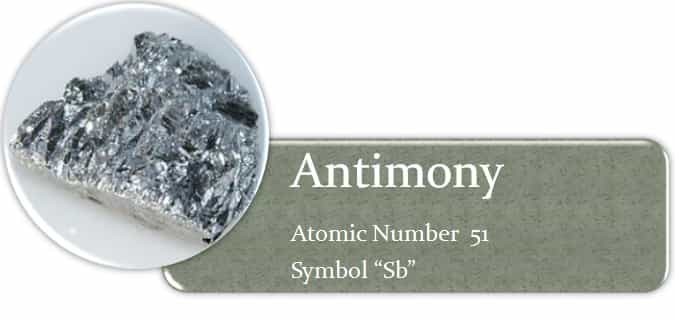
Antimony occurence
The four allotropes that are present are: the stable metallic form and three metastable forms i.e. black and yellow. The real antimony is brittle solid and is silver white shiny metalloid. Its melting point is 903.78K and boiling point is 1908K. Its density is 6.697 g/cm3.
Alloying Behavior of Antimony: Antimony as an alloying element forms a very useful alloy with lead and increase its hardness and mechanical strength also. Antimony is used as an alloying metal too. Antimony is used in antifriction alloys i.e. Babbitt metals in bullet making and in manufacturing of organ pipes. It is also used in sheathing of electric cable and in lead shots also.
Learn about Sulphur and Calcium.
Chemical Properties of Antimony: When antimony is burnt in air antimony trioxide is formed. Antimony pentoxide is formed when Antimony is condensed. When Antimony is concentrated with nitric acid Antimony tetra oxide is formed. All these oxides are amphoteric that means they are able to act both as base and an acid. They also reacts with acids to form antimony salts.



